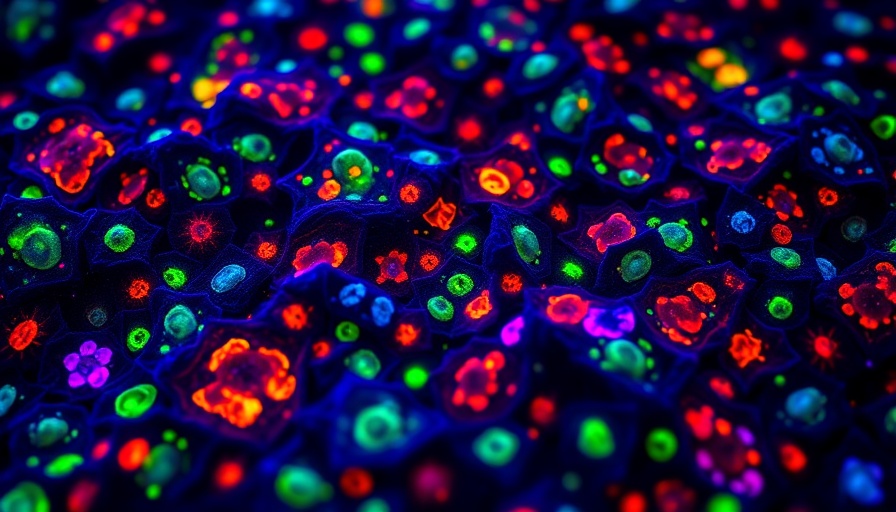
The Evolving Understanding of Autism Diagnosis
In the realm of autism research, traditional diagnostic methods have predominantly relied on social skills assessments. However, groundbreaking research published in Cell reveals a paradigm shift in how autism is diagnosed. Researchers, utilizing a large language model (LLM), have found that repetitive behaviors and special interests are more indicative of an autism diagnosis than previously thought. This research not only challenges existing norms but also seeks to empower clinicians with clearer diagnostic guidelines.
Reconsidering Diagnostic Criteria
The established Diagnostic and Statistical Manual of Mental Disorders, Fifth Edition (DSM-5), has long regarded social skills deficits as a cornerstone for diagnosing autism. Yet, the latest findings question how these social factors are integrated into the diagnostic process. The LLM analysis, which processed over 4,000 clinical reports, emphasizes that behaviors like special interests and repetitive actions should be prioritized when assessing autism. In essence, this research offers a fresh perspective that could transform the clinical landscape for future diagnoses.
The Technology Behind the Research
Senior researcher Danilo Bzdok, associated with the Mila Québec Artificial Intelligence Institute and McGill University, plays a critical role in this investigation. By utilizing advanced natural language processing tools, Bzdok and his team were able to distill the critical components of clinical reports that contributed to diagnostic predictions. Importantly, their work does not aim to replace human clinicians but rather enrich the diagnostic processes with data-driven insights.
The Importance of Perception-Based Behaviors
One of the key findings from this research highlights the significance of perception-based behaviors, often overlooked in traditional diagnostic approaches. These behaviors can include the way individuals perceive and interact with their environment. As Bzdok notes, recognizing these unique traits can lead to more accurate diagnoses, ultimately enhancing the support systems available to individuals on the autism spectrum.
Future Predictions for Autism Diagnosis
Given these insights, one can forecast a future where autism diagnostics are sharper and more individualized. The growing use of artificial intelligence in healthcare offers exciting possibilities. As professionals integrate machine learning tools into their practices, we may witness a more holistic understanding of autism, fostering greater acceptance and tailored interventions. This technological shift could significantly reduce misdiagnosis rates and improve the quality of life for many individuals.
Building a Supportive Framework
After receiving an autism diagnosis, individuals frequently navigate a complex landscape of support and resources. Therefore, it's crucial for healthcare providers, educators, and families to understand the implications of these new findings. The knowledge that repetitive behaviors and special interests are pivotal can help providers create more effective support plans tailored to individual needs. Additionally, families should be aware of these characteristics to better advocate for understanding and acceptance.
Common Misconceptions About Autism
It is essential to address prevalent misconceptions about autism. Many associate autism solely with social skill deficits, neglecting the diverse spectrum of behaviors individuals may exhibit. This can lead to stigmatization and leave many individuals feeling misunderstood or marginalized. By redefining the narrative around autism diagnostics, this new research reinforces that every individual's experience is unique and deserving of individualized recognition and respect.
Bridging the Gap in Autism Awareness
To ensure these significant findings resonate throughout communities, advocacy and awareness initiatives must be amplified. It is vital that educators, medical professionals, and families engage in conversations about the broader scope of autism diagnosis and its implications. Supporting awareness through workshops, seminars, and community forums can help demystify the autism spectrum. The more we share knowledge, the better equipped society will be to foster understanding.
Concluding Thoughts on Autism Diagnosis
The recent revelations about autism diagnosis not only challenge existing frameworks but also highlight the potential for a more inclusive future. As we move forward, embracing a more nuanced understanding of autism will lead to more informed diagnoses and responses. By shifting the focus from solely social skills to the full spectrum of behaviors, we can bridge gaps in understanding and develop supportive environments for individuals with autism.
 Add Row
Add Row 

 Add
Add 


Write A Comment